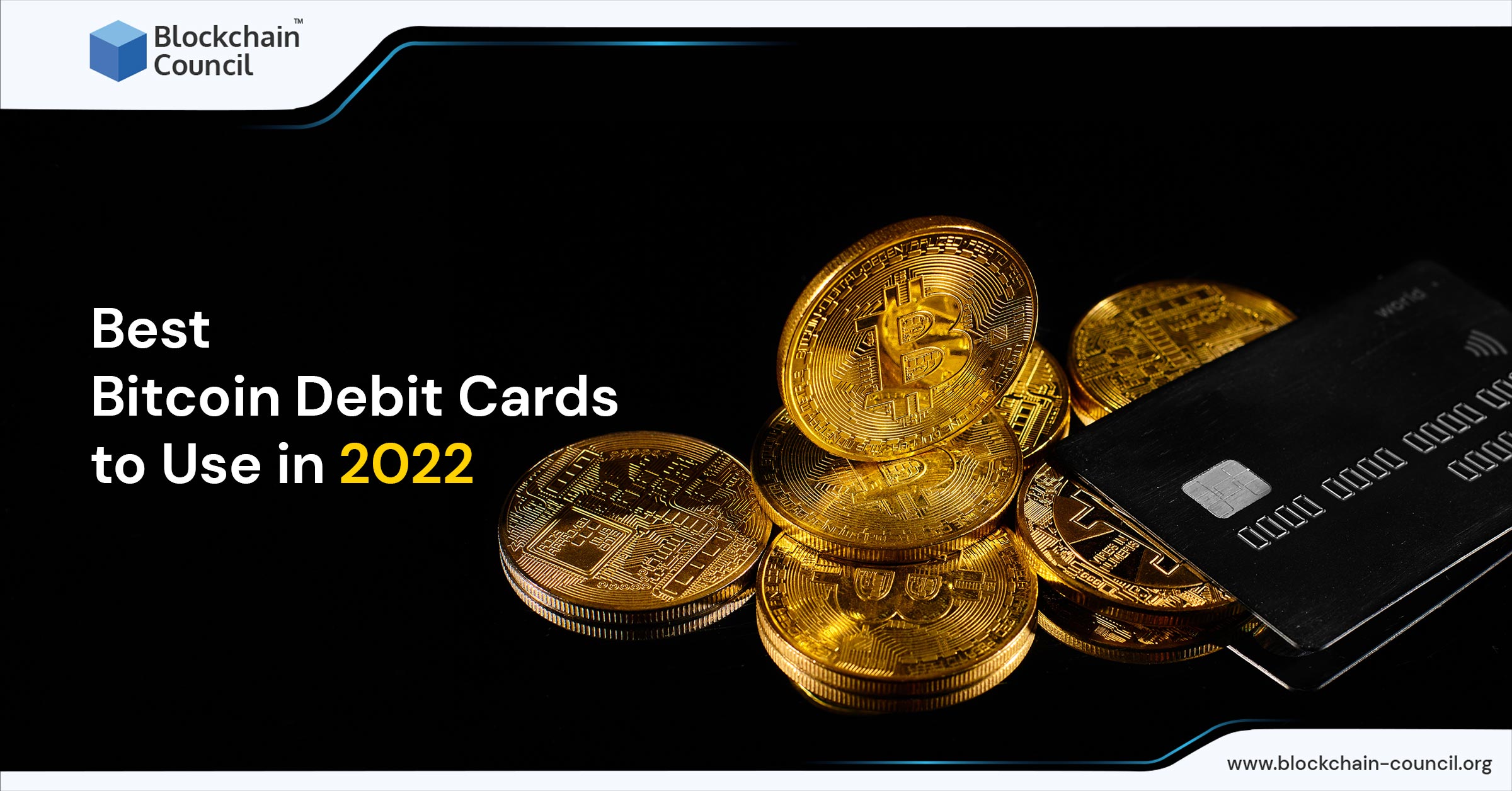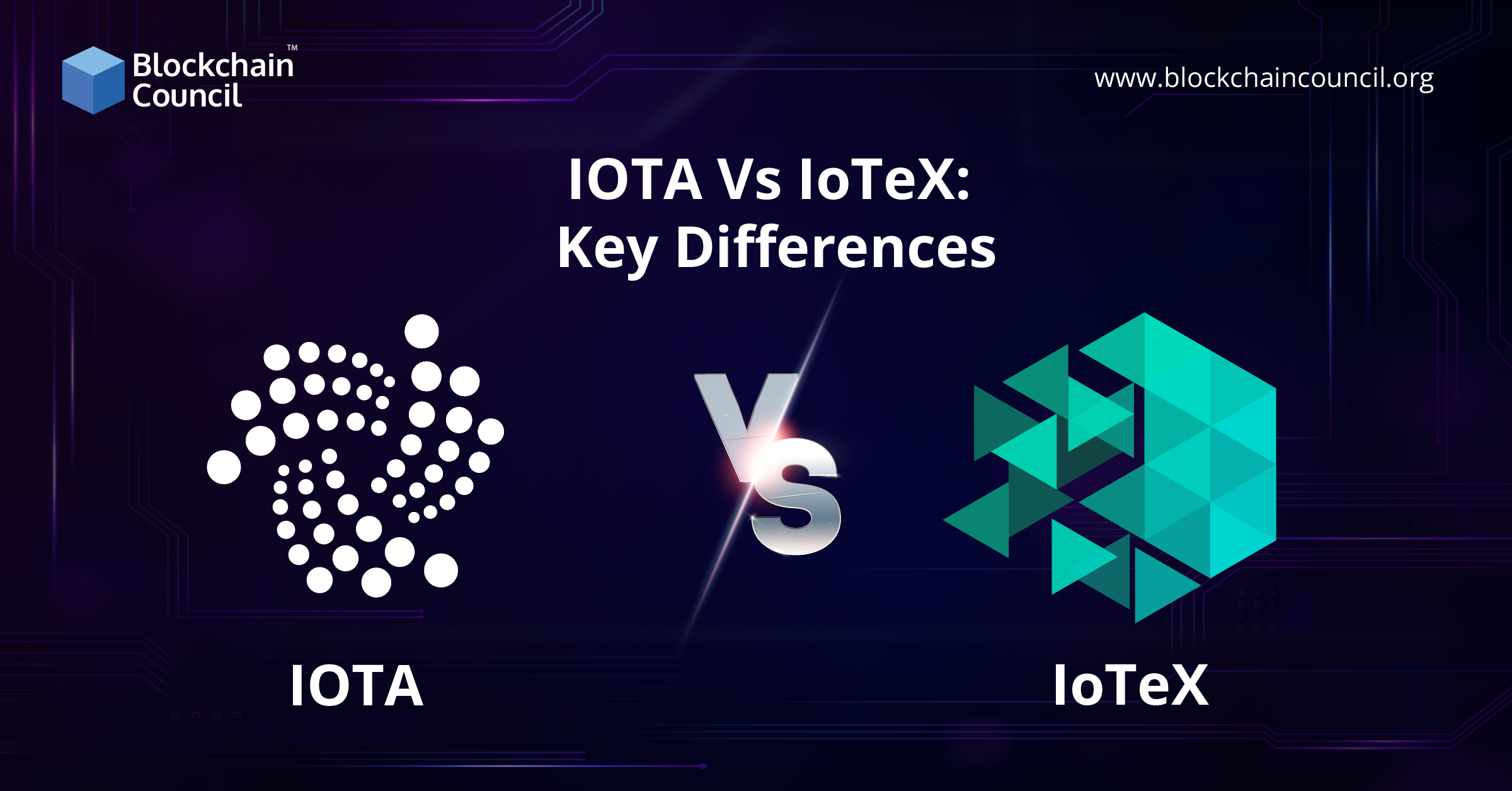
- Blockchain Council
- October 01, 2024
If you’ve recently mined Bitcoin, you might be wondering how to convert those digital assets into something more tangible, like cash or a bank deposit. Read ahead to confidently move your digital earnings to your preferred location, whether that’s a wallet, a bank account, or even cash.
How to Set Up Your Bitcoin Wallet?
Before withdrawing your mined Bitcoin, you’ll need a safe place to keep it. This is where a Bitcoin wallet is useful. It’s similar to a bank account, but you have complete control. There are different kinds of wallets:
- Software Wallets: Apps or programs which you can install on your smartphone or computer. They are user-friendly and offer reasonable security. Examples include Exodus and Electrum.
- Hardware Wallets: These physical storage devices keep your Bitcoin safe offline. They provide better protection against hacking. Popular options include Ledger and Trezor.
- Paper Wallets: A more old-school approach. For these, you print your private keys on paper. While it is protected from online threats, they are by virtue prone to be lost or damaged physically.
Once you choose and set up a wallet, make sure to keep your private keys in a secure location.
For those new to cryptocurrency, it is important to fully grasp the details of wallet security. Enrolling in a renowned crypto certification like the Certified Cryptocurrency Expert™ (CCE) can provide in-depth knowledge on how to choose the best wallet and protect your digital assets from potential threats.
Transferring Bitcoin from Your Mining Pool to Your Wallet
Once you are done setting up your wallet, move your mined Bitcoin into it. Most miners use mining pools to increase their chances of earning Bitcoin, as mining alone can be quite challenging due to the high competition and required computing power.
Here’s the process for moving your Bitcoin from a mining pool to your wallet:
- Log in to Your Mining Pool Account: Go to your mining pool’s website and log in.
- Find the Withdrawal Section: Once you log in, find out the section where you can take out your earnings. This is typically labeled as “Withdraw” or “Payout.”
- Input Your Wallet Address: Type in your Bitcoin receiver’s address. Be very careful when entering this address; if it’s incorrect, your Bitcoin could be lost permanently.
- Enter the Amount: Choose the amount of Bitcoin you want to withdraw. Keep in mind that some mining pools may have a minimum withdrawal amount.
- Confirm the Transaction: Verify the details to ensure everything is correct before finalizing the transaction. Once confirmed, the Bitcoin should be transferred to your wallet within a few minutes to several hours, depending on network congestion.
Converting Bitcoin to Cash or Bank Transfer
Once your Bitcoin is in your wallet, you might want to convert it into cash or transfer it to your bank account. You can get it done through a Bitcoin ATM or a cryptocurrency exchange.
Using a Cryptocurrency Exchange
- Select a Trusted Exchange: Platforms such as Coinbase, Kraken, and Binance are commonly used. Sign up and finish any necessary steps for identity verification.
- Transfer Bitcoin to the Exchange: Send your Bitcoin from your wallet to the exchange by navigating to the “Deposit” section of the exchange and copying the provided wallet address. Then, initiate a transfer from your personal wallet.
- Sell Bitcoin for Fiat Currency: After the Bitcoin is deposited into your exchange account, you can sell it for fiat currency (such as USD, EUR, etc.). You may decide to sell at the existing market rate. Alternatively, you can set a limit order.
- To transfer funds to your bank account: Once you’ve sold your Bitcoin, go to the withdrawal section on the exchange. Type in your bank details and the amount you want to transfer. After that, just confirm the transaction. The money should reach your bank account within a few business days.
Using a Bitcoin ATM
- Use an online directory to locate a Bitcoin ATM close to you.
- Go to the ATM with your Bitcoin wallet ready.
- Choose the option to withdraw cash and enter the amount.
- The machine will generate a QR code, which you should scan using your wallet application.
- Once the code is scanned and you approve the transaction, the machine will release the money for the Bitcoin you exchanged.
Using Crypto Debit Cards
Crypto debit cards are another option for spending or withdrawing Bitcoin. These cards let you change Bitcoin into regular currency, which you can use for buying things or withdrawing cash from ATMs. To use a crypto debit card:
- Apply for a Card: Many cryptocurrency exchanges and financial services offer crypto debit cards, such as the Binance Card or Coinbase Card.
- Load Bitcoin onto the Card: Once you have the card, you can load it with Bitcoin from your wallet.
- Spend or Withdraw Cash: Use the card like a regular debit card for purchases or withdraw cash from ATMs.
Crypto debit cards offer convenience but often come with fees and varying exchange rates. They are best suited for regular, small transactions rather than large withdrawals.
Peer-to-Peer (P2P) Platforms
Another method involves selling Bitcoin directly to another person. P2P platforms such as LocalBitcoins or Paxful enable you to connect directly with buyers. This method may offer more flexibility and possibly lower fees, but it demands extra effort and caution. Here’s how it works:
- Choose a P2P Platform: Sign up for a trusted P2P platform. Verify your identity if required.
- Find a Buyer: Browse the platform for buyers who offer your preferred payment method, such as bank transfer, PayPal, or even cash.
- Negotiate Terms: Talk with the buyer to settle the sale conditions, like the price and how the payment will be made.
- Complete the Transaction: Once agreed, transfer your Bitcoin to the platform’s escrow service for completing the transaction.. When the buyer confirms payment, the platform will release the Bitcoin to them.
- Withdraw the Money: After the transaction is finished, transfer the funds to your bank account or preferred payment method.
Considerations When Withdrawing Bitcoin
When withdrawing Bitcoin, a few factors need careful consideration:
- Transaction Fees: Different withdrawal methods have varying fees. Exchanges usually charge a fee for both selling Bitcoin and withdrawing fiat. You might have to pay a fee for Bitcoin ATMs in return of their convenience. Make sure to check and compare these fees before proceeding.
- Transaction Times: Withdrawal times can vary. Although Bitcoin transactions are usually fast, transferring funds to your bank might take a few days. It depends on the exchange and your bank.
- Security: Always prioritize security. Use reliable exchanges, turn on two-factor authentication, and stay careful when dealing with peer-to-peer platforms. If you’re using a Bitcoin ATM, ensure the machine is in a secure and reputable location.
- Tax Implications: Selling Bitcoin can trigger a tax obligation in many countries. Keep records of your transactions, as you may need to report your earnings to tax authorities.
Security and regulatory compliance are vital when dealing with cryptocurrencies. Certifications like the Certified Cryptocurrency Auditor™ (CCA) and Certified Cryptocurrency Trader™ (CCT) program can equip you with the knowledge to not only protect your assets but also to stay compliant with local tax laws.
Conclusion
Withdrawing mined Bitcoin involves a few steps, but once you’re familiar with the process, it becomes quite manageable. Start by setting up a secure wallet, transfer your mined Bitcoin from your mining pool, and then choose the method that suits you best for converting it into cash or a bank deposit. Always take into account the fees, security, and transaction times measures to make sure a smooth withdrawal.
For those looking to know the ins and outs of Bitcoin, the Certified Bitcoin Expert™ will surely be an invaluable resource.



































































 Guides
Guides News
News Blockchain
Blockchain Cryptocurrency
& Digital Assets
Cryptocurrency
& Digital Assets Web3
Web3 Metaverse & NFTs
Metaverse & NFTs
